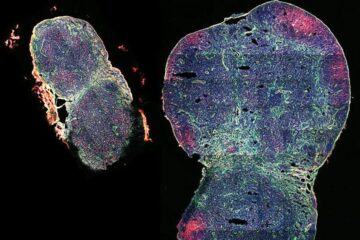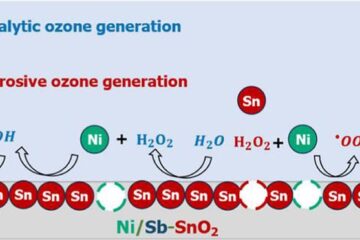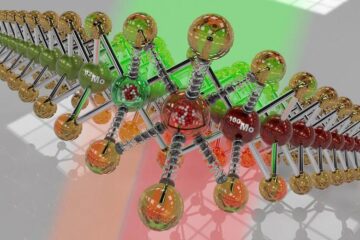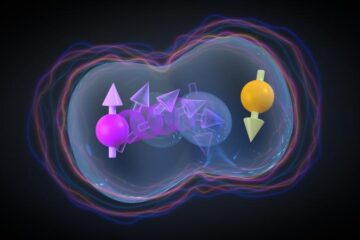Latest News

Electronic Markets Win Out Over Traditional Dealing
Trading through dealers on the London Stock Exchange could be obsolete in less than three years, according to new research funded by the Economic and Social Research Council.
A study led by Dr Nir Vulkan of the Saïd Business School and Worcester College, University of Oxford, investigated where traders would trade if they have the choice of either a dealers’ market or a computerised system. “Our study suggests that in a just a few years’ time the traditional dealing market on the London St

Mutated protein combination tied to excessive sugar production
Study identifies potential target for diabetes drugs
Researchers at Dana-Farber Cancer Institute have traced runaway sugar production in the liver – an important feature of diabetes – to flaws in a two-protein combination at the heart of a molecular switch that responds to insulin.
The findings, to be posted by the journal Nature on its Web site on May 18, suggest that drugs designed to block the interaction of the two switch proteins might be effective in treating diabetes,

Getting through the matrix
MGH research suggests strategies for improving drug delivery to cancer cells
The best cancer drugs in the world are not much good if they cannot get to tumor cells. That problem has been challenging cancer physicians and researchers for years because the physical structure of many tumors can prevent anticancer agents from reaching their targets. In a study appearing in the June issue of Nature Medicine, researchers from Massachusetts General Hospital (MGH) describe a new technique for
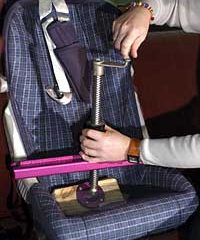
Student-invented device eases installation of child car safety seats
Low-tech ‘Main Squeeze’ compresses for snug fit inside vehicle
Three Johns Hopkins University undergraduates have invented a low-tech tool that makes it much easier to properly install child safety seats in automobiles, ensuring a snug fit and maximum protection for the child.
The device, dubbed “Main Squeeze,” is intended to simplify the difficult task of compressing a child safety seat against a car’s permanent seat during installation. Incorrectly installed, a loose
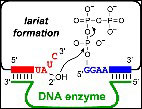
Chemists create unusual lariat RNA, a key intermediate in biological splicing
The production of lariat RNAs is a key step in the biologically important process of splicing. Because splicing changes the protein that is made from a given gene, a fundamental understanding of splicing is critical for comprehending the connections between genes and proteins. The study of splicing, however, has been very difficult in part because lariat RNAs have been nearly impossible to make artificially.
Now, chemistry professor Scott K. Silverman and graduate student Yangming Wang at th

Phage therapy could remove foodborne disease from livestock
A bacteria-killing virus found in the feces of some sheep could help remove the dangerous foodborne bacteria Escherichia coli O157:H7 from livestock. Researchers from Evergreen State College in Olympia, Washington present their research today at the 103rd General Meeting of the American Society for Microbiology.
“Here we report a promising new natural way of reducing pathogen concentrations in livestock. This takes advantage of bacteriophages – bacteria-killing viruses, harmless to humans a



